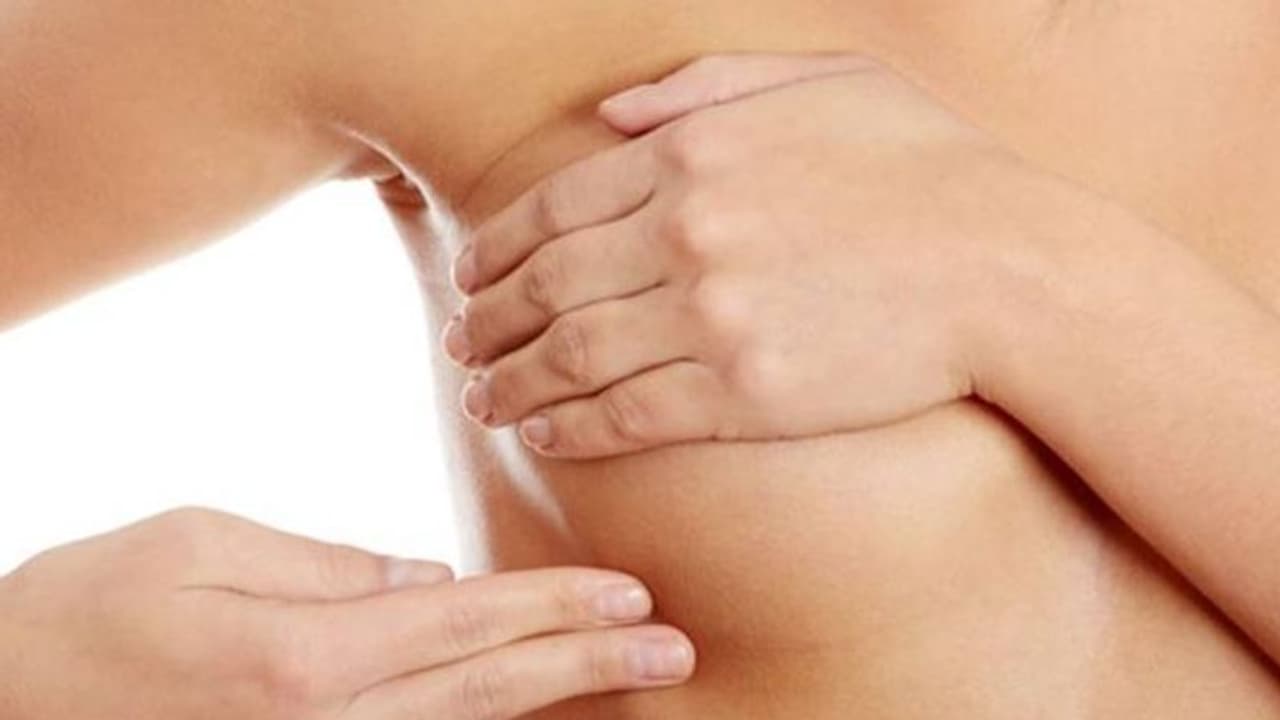We spoke to Dr. Ashok B C, Consultant – Plastic, Reconstructive and Cosmetic Surgery, Manipal Hospital, who gave us some information on breast reconstruction surgery.

Breast reconstruction surgery is an option for women who undergo surgery as part of their breast cancer treatment to recreate the size and appearance of the breast. The shape of the lost breast can be recreated for women who undergo a mastectomy (total removal of breasts), or lumpectomy (removal of a part of the breast).
Breast reconstruction surgery can be performed (or begun) immediately following a mastectomy (known as immediate reconstruction) or after breast cancer treatment is finished and the mastectomy wounds have healed (which is called delayed reconstruction). After a mastectomy, delayed reconstruction may occur months or even years later. Various alternatives are available to women who decide to have their breasts rebuilt.
Also Read: Enjoying Monsoon? Here are 4 common diseases to prevent during rainy season
With implants (saline or silicone), breasts can be reconstructed. Autologous tissue can also be used to rebuild them (that is, tissue from elsewhere in the body). The breast can occasionally be rebuilt using both implants and autologous tissue (In a hybrid way). If a nipple and areola were not preserved following the mastectomy, they might be recreated as part of the breast reconstruction process. Surgery on the opposite breast, or contralateral breast, may be performed in conjunction with breast reconstruction surgery to ensure that the two breasts are the same size and shape.
In some cases of early cancers where one wishes to conserve breasts, a lumpectomy (partial removal of breasts) along with immediate Oncoplasty can be done to retain the shape and the form of the breasts. This involves readjusting the remaining breast tissue or borrowing tissue from breast surroundings to get the shape and size matching the other breast. This is called oncoplastic reconstruction.
Though the process seems very satisfactory, not every woman who has a mastectomy can undergo reconstructions due to their health issues. Breast reconstruction is not possible for those who are very obese or have any kind of problem related to blood circulation and any conditions which forbid them from having long surgery.
Also Read: Are you facing hair or scalp allergies? All you need to know about hair-related issues
Factors AffectingBreast Reconstruction:
Radiation therapy has a high impact on breast reconstruction, so woman who is taking radiation therapy as a cancer treatment; need to take proper consultation to understand when Breast Reconstruction can be performed. Some women may postpone reconstruction until the radiation therapy is finished because it can occasionally result in breast infections or issues with wound healing. It is generally accepted now that autologous (patient’s own tissue) reconstruction withstands radiation much better.
The type of breast cancer is another factor that affects the reconstruction. In patients with a poor prognostic outcome it is advisable to wait for a secondary reconstruction until after adjuvant therapy is finished.
Risks During and After Reconstruction:
Every surgical procedure has some risk, and breast reconstruction may provide particular difficulties for certain women. Even though many of them are uncommon, certain threats and adverse effects that could occur during surgery or right after the surgery include:
- Anaesthesia and bleeding-related problems
- In the breast build-up of fluid, with severe pain and swelling
- At the surgery site occurrence of infection
- Problems with wound healing and fatigue
- Failure of reconstruction may happen especially in smokers, diabetics
Problems after reconstruction include:
- Alteration or loss of breast and nipple sensation
- At the donor site, complications including skin dimples, a protruding abdominal (belly) wall, and a weakening of the muscles
- Breast with the uneven structure
- Breast implant problems, such as rupture, leakage, formation of scar tissue (capsular contracture), movement, or rippling (when the skin over the implant or an implant itself wrinkles)
Physical therapy can help women after reconstruction. It mainly maintains or enhances shoulder range of motion or helps them recover from weakness present at the place where the donor tissue was harvested, such as abdominal weakness. Using exercises, a physical therapist can assist a woman in regaining strength, adjusting to new physical restrictions, and determining the safest ways to carry out daily tasks.
